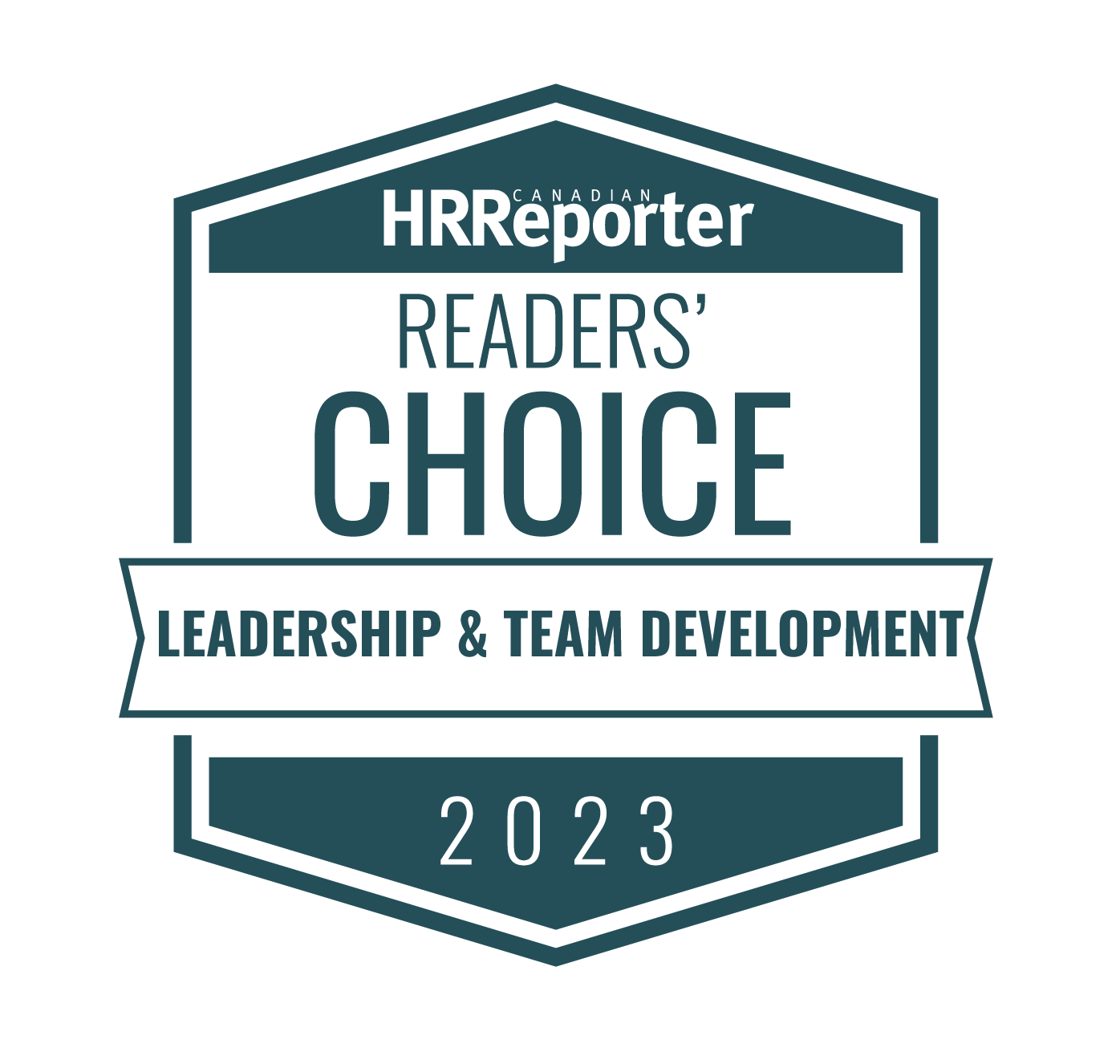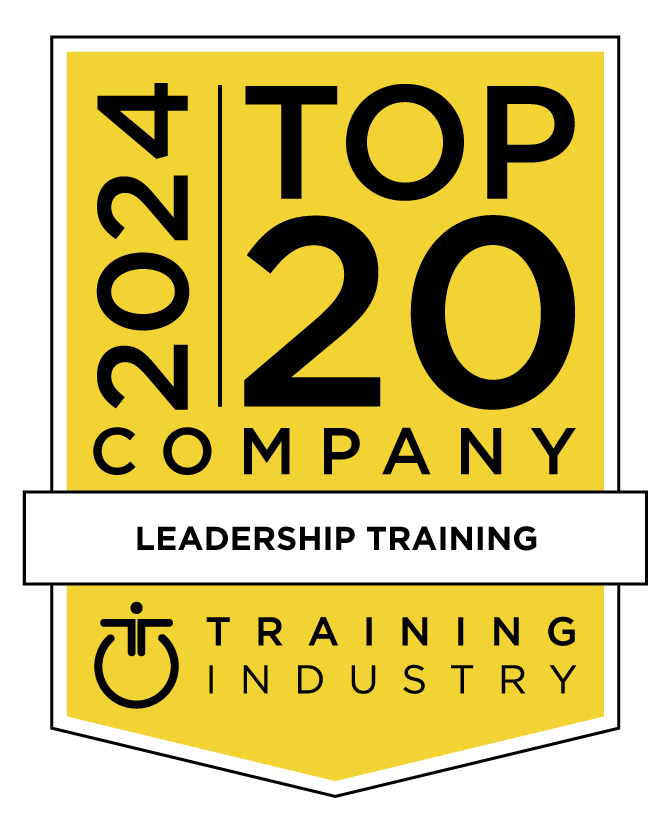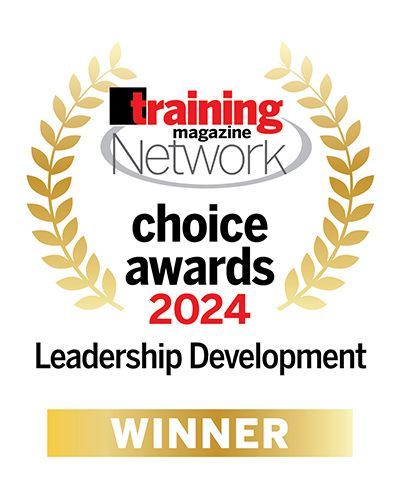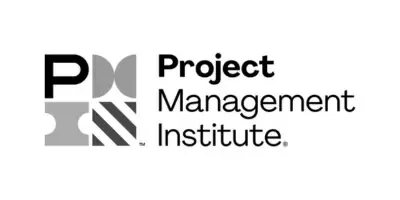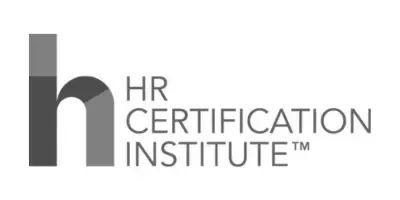Mastering Leadership Development: Step-by-Step Guide to Creating Future-Ready Leaders
Designing an impactful leadership development training program demands a strategic, data-informed approach that aligns with business priorities, sets clear objectives, evaluates readiness, tailors learning, and embeds real-world feedback. This guide serves as an overview, with CTAs directing to dedicated articles for deeper exploration.
Aligning Leadership Training with Strategic Business Priorities
The foundation of any effective leadership development training program is strategic alignment. As highlighted by Harvard Business Publishing, initiatives tied directly to overarching business outcomes—like revenue growth or operational efficiency—produce measurable impact
- Identify the primary business priority. This could range from scaling into new markets to improving customer satisfaction.
- Define specific leadership behaviors. Ask: What leaders need to do differently—be more innovative, agile, or collaborative?
- Use a focused framework. Concentrating on 2–3 critical performance outcomes drives deeper learning and higher ROI
👉 CTA: Learn how to align your leadership training to business strategy in our standalone post on Aligning Leadership Training with Strategic Priorities.
Setting Meaningful Goals and Metrics in Leadership Development
Once priorities are clear, the next step is establishing measurable goals and success metrics. Harvard experts emphasize linking goals across three domains: learner experience, workplace behavior, and business impact .
- SMART goals ensure clarity and accountability for both participants and stakeholders.
- Sample metrics include engagement rates, collaboration indices, project milestones, revenue uplift, or retention figures.
- Measurement strategy involves baseline and follow-up assessments through surveys, feedback tools, and hard data.
👉 CTA: Discover how to set powerful goals and metrics in our detailed article on Setting SMART Goals & Metrics.
Assessing Organizational Readiness for Leadership Development
Before launching transformational training, assess whether your organization is ready to support it. Harvard research highlights the need to evaluate both organizational context and learner perspectives.
Key components include:
- Skills and culture audits: Identify current leadership gaps, attitudes, and structural barriers.
- Learner voice: Solicit input to demystify expectations and increase buy-in.
- Target segmentation: Design scenarios for different levels—C-suite, mid-level, and frontline.
👉 CTA: Read our full guide on Assessing Organizational Readiness—understand who’s ready, what they need, and why it matters.
Designing Tailored Learning Experiences for Leadership Training
A one-size-fits-all approach won’t work. Harvard advocates for blended, level-specific design that combines experiential and formal learning en.wikipedia.org.
Effective learning formats include:
- Experiential modules: Simulations, workshops, live case studies.
- Blended delivery: Harness virtual sessions, micro-learning, and peer coaching.
- Small group dynamics: Scale learning while preserving intimacy for feedback and connection .
By focusing on “less is more,” programs can heighten relevance and retention.
👉 CTA: Explore our post on Designing Tailored Leadership Experiences for a comprehensive framework.
Embedding Feedback Loops and Measuring Impact in Leadership Development
Feedback and impact assessment should be woven into every stage of the program. Harvard recommends continuous feedback, summative evaluations, and post-program business impact analysis.
Approaches to embed feedback:
- Real-time coaching and peer reviews.
- Mid-program assessments to address emerging needs.
- Post-program measurement: Engagement surveys, behavioral monitoring, and business metrics.
Celebrate progress to reinforce learning culture and foster motivation harvardbusiness.org.
👉 CTA: Dig deeper into Embedding Feedback Loops and Measuring Program Impact in our next article.
Conclusion: Creating a Scalable Leadership Development Journey
Building a leadership development training program is a multi-stage endeavor:
- Strategic alignment
- Goal-setting with metrics
- Readiness assessment
- Tailored experience design
- Embedded feedback and impact measurement
Each step feeds into the next, forming a continuous learning cycle that cultivates effective leaders and achieves organizational goals. Harvard’s checklist confirms: when all components are aligned, the program delivers measurable results and cultivates a strong learning culture
Interested in a free Leadership Skills Workshop with your team?
- Address instantly fixable issues that impact customer perceptions and employee morale.
- Learn and practice a habit that will raise employee performance.
- Set actions with specific and measurable steps that they'll gladly be accountable to achieve.



